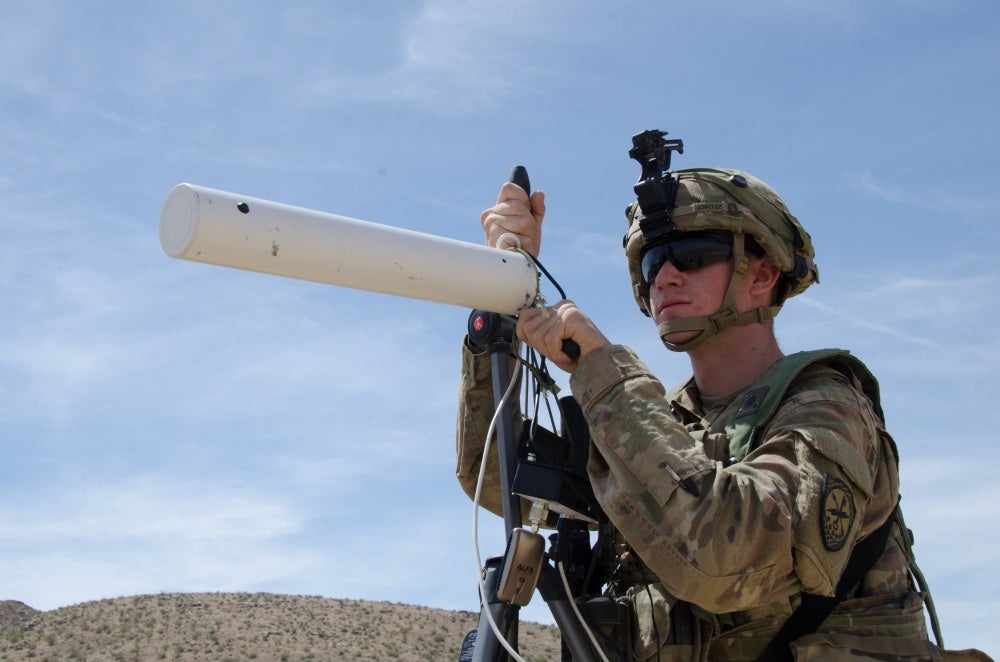US Army Seeks Coders Closer To The Frontline
The US Army is increasingly stepping into the digital age. The era of cyber warfare is now clearly upon us and the Pentagon recognises this. Coders are seen as a necessary asset at the tactical level in order to introduce the US Army to the new challenges of cyberspace defense and enhance its capabilities in the digital transfer of information.

US forces have steadily developed since the Second World War. Throughout the 1930s, the US Army consisted of a single cavalry division, a couple of infantry divisions, and a small air corps component. The sudden outbreak of conflict and US entrance into the war in December 1941, caused major changes to the US Army’s structure and the development of its assets. The extensive testing of mechanized, motorized, and armored formations in 1940 delivered experiences and notes on the importance of introducing forces capable of dismantling the enemy’s frontline with brute force and overwhelming speed. But it was two years into the war when US forces finally developed sufficient tactics for mechanized troops, during Operation ‘Cobra’ in July 1944. This trend towards increased technology within frontline combat units continued to intensify through out the Cold War and into the early 21st century.

The ‘coders’ will be the US Army’s newest asset. Their role will be to recognize computing and communication problems and react to them. They will possess knowledge and skills allowing them to adjust things on the fly without the necessity of third-party intervention. Quick reaction to situational changes requires people who are capable of being highly adaptable. They will also work on solutions to give troops the advantage in the field.
The introduction of ‘coders’ into the tactical structure of units is comparable to the actions taken shortly before the Second World War. It is unclear whether the coders’ detachment will operate at the battalion or brigade level. However, the recognition of communication systems vulnerability and information flow as a key aspect allows the US Army to develop its capabilities in this evolving part of war. During Project Convergence exercises, US forces participated in a wargame that mocked-up the environment of the highly networked battlefield of the 2030s in order to confirm the adequacy of its six modernization priorities. The US Army decided to perform a series of tests using its newest AI project “Firestorm”, a system that merges data prioritizing targets on the battlefield.
Gen. James C. McConville, the US Army’s chief of staff, said: “This [the Project Convergence drills] is a major step forward in transforming the United States Army for the next 40 years.”
The reliable exchange of digitalized information is a major factor in the battlefield of the future. The Pentagon’s focus in this matter shows the long-term thinking on new aspects of war which might give fighting soldiers the upper-hand in the conflicts of the near future. Whether those predictions and changes play a vital part in transforming the shape and structure of the US Army’s combat units remains to be seen but the focus on developing cyber forces is seen as essential.

